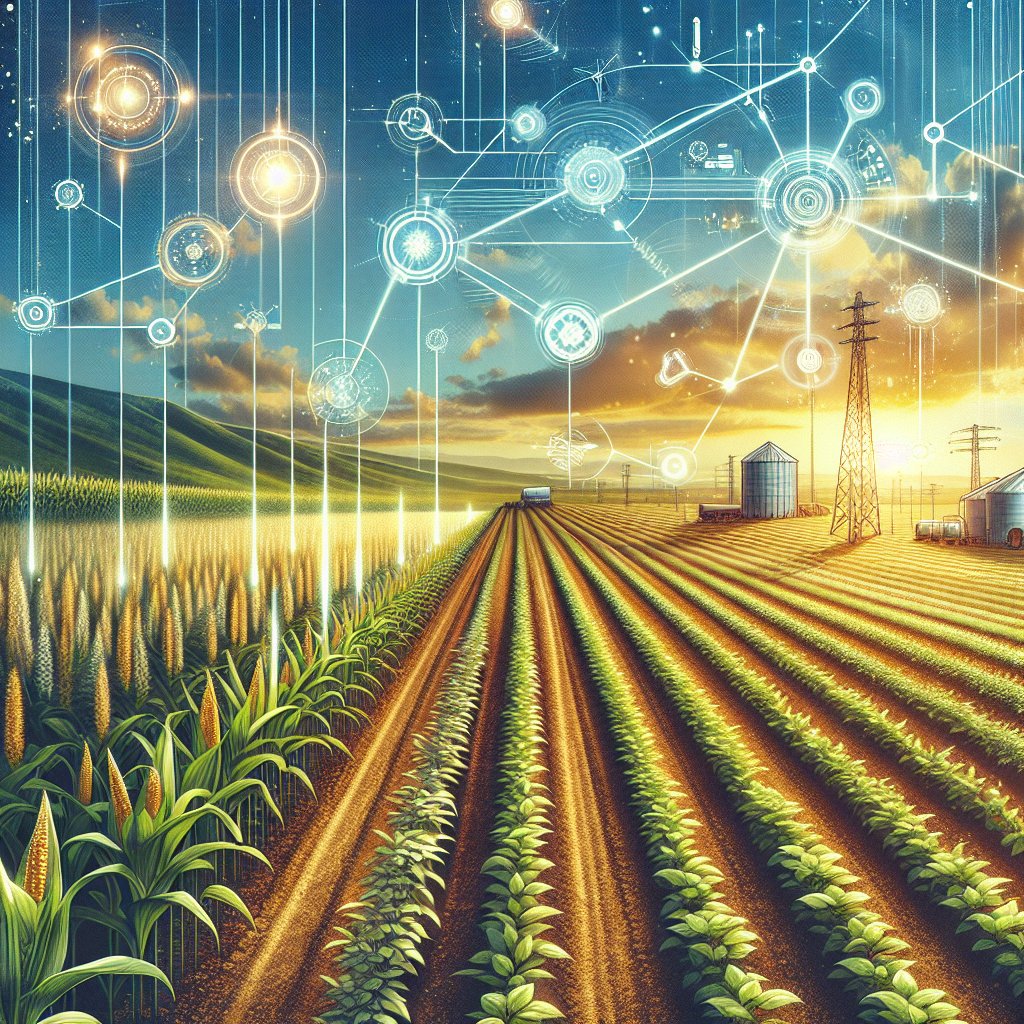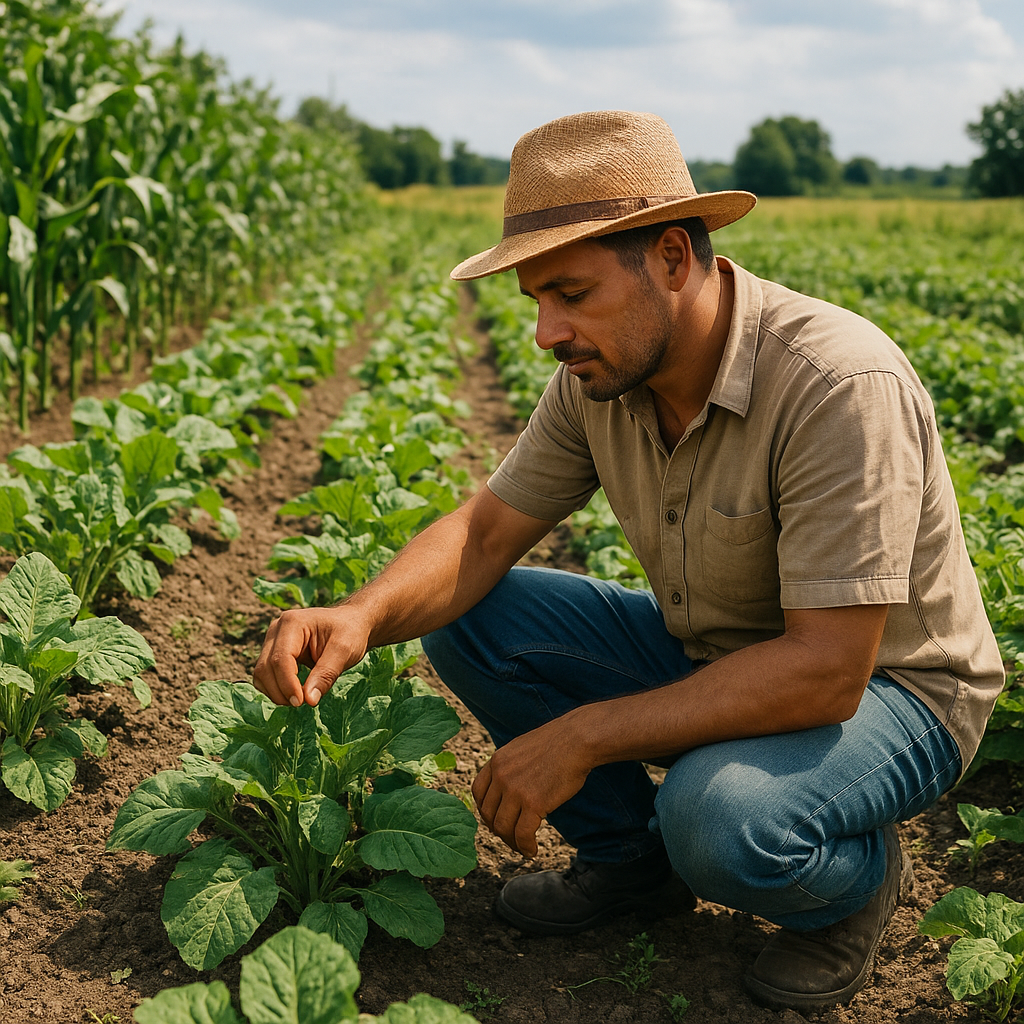
Maximizing sunlight exposure on crop fields is a crucial aspect of modern agriculture that can significantly enhance crop yield and quality. As the global population continues to grow, the demand for food production increases, making it essential for farmers to optimize every aspect of their farming practices. Sunlight is a primary energy source for plants, driving photosynthesis and influencing growth, development, and productivity. This article explores various strategies and techniques that farmers can employ to ensure their crops receive the maximum possible sunlight exposure.
Understanding the Importance of Sunlight in Agriculture
Sunlight is a fundamental component of the photosynthesis process, where plants convert light energy into chemical energy, producing oxygen and glucose. This process is vital for plant growth and development, influencing everything from seed germination to fruit production. The amount and quality of sunlight a crop receives can directly impact its yield, nutritional value, and resistance to pests and diseases.
Inadequate sunlight exposure can lead to stunted growth, reduced flowering, and lower fruit set, ultimately affecting the overall productivity of the crop. Conversely, optimizing sunlight exposure can enhance photosynthetic efficiency, leading to healthier plants and higher yields. Understanding the role of sunlight in agriculture is the first step towards implementing effective strategies to maximize its benefits.
Site Selection and Field Orientation
One of the most effective ways to maximize sunlight exposure is through careful site selection and field orientation. When choosing a location for planting, farmers should consider factors such as topography, surrounding vegetation, and potential obstructions that could cast shadows on the crop fields. Ideally, fields should be situated in open areas with minimal shading from trees, buildings, or other structures.
Field orientation also plays a critical role in sunlight exposure. Aligning rows in a north-south direction can help ensure that plants receive even sunlight throughout the day. This orientation minimizes shading from adjacent plants and allows for more uniform light distribution, promoting consistent growth across the field.
Utilizing Reflective Mulches and Ground Covers
Reflective mulches and ground covers are innovative tools that can enhance sunlight exposure by reflecting additional light onto the plants. These materials are typically made from reflective films or fabrics that are placed on the soil surface around the plants. By reflecting sunlight upwards, they increase the amount of light that reaches the lower parts of the plants, improving photosynthesis and growth.
Reflective mulches are particularly beneficial in regions with limited sunlight or during periods of low light intensity, such as early spring or late fall. They can also help regulate soil temperature and moisture levels, providing additional benefits to crop health and productivity.
Pruning and Canopy Management
Pruning and canopy management are essential practices for optimizing sunlight exposure in orchards and vineyards. By strategically removing excess foliage and branches, farmers can improve light penetration into the canopy, ensuring that all parts of the plant receive adequate sunlight. This practice not only enhances photosynthesis but also reduces the risk of fungal diseases by improving air circulation within the canopy.
Effective canopy management involves regular monitoring and assessment of plant growth to determine the optimal timing and extent of pruning. It is important to strike a balance between removing enough foliage to improve light exposure and retaining sufficient leaves for photosynthesis and energy production.
Implementing Crop Rotation and Intercropping
Crop rotation and intercropping are sustainable agricultural practices that can contribute to maximizing sunlight exposure. Crop rotation involves changing the type of crop grown in a particular field from season to season, which can help prevent the buildup of pests and diseases and improve soil health. By rotating crops with different growth habits and light requirements, farmers can optimize sunlight exposure for each crop type.
Intercropping, on the other hand, involves growing two or more crops in proximity to each other. This practice can enhance sunlight utilization by combining crops with complementary growth patterns. For example, tall crops can provide shade for shorter, shade-tolerant crops, while the shorter crops can benefit from the filtered light that reaches them. Intercropping can also improve biodiversity and resource use efficiency, contributing to more sustainable farming systems.
Leveraging Technology for Sunlight Optimization
Advancements in agricultural technology offer new opportunities for optimizing sunlight exposure on crop fields. Precision agriculture tools, such as drones and satellite imagery, can provide valuable data on sunlight patterns, plant health, and field conditions. This information can help farmers make informed decisions about field management practices, such as adjusting planting densities or implementing targeted interventions to improve light distribution.
Additionally, automated systems, such as smart irrigation and shading devices, can be used to regulate environmental conditions and optimize sunlight exposure. These technologies can help farmers respond to changing weather patterns and ensure that crops receive the right amount of light and water for optimal growth.
Conclusion
Maximizing sunlight exposure on crop fields is a multifaceted challenge that requires a combination of traditional practices and modern technologies. By understanding the importance of sunlight in agriculture and implementing strategies such as site selection, reflective mulches, pruning, crop rotation, and technology integration, farmers can enhance crop productivity and sustainability. As the demand for food continues to rise, optimizing sunlight exposure will play a crucial role in meeting global food security goals and supporting the livelihoods of farmers worldwide.

